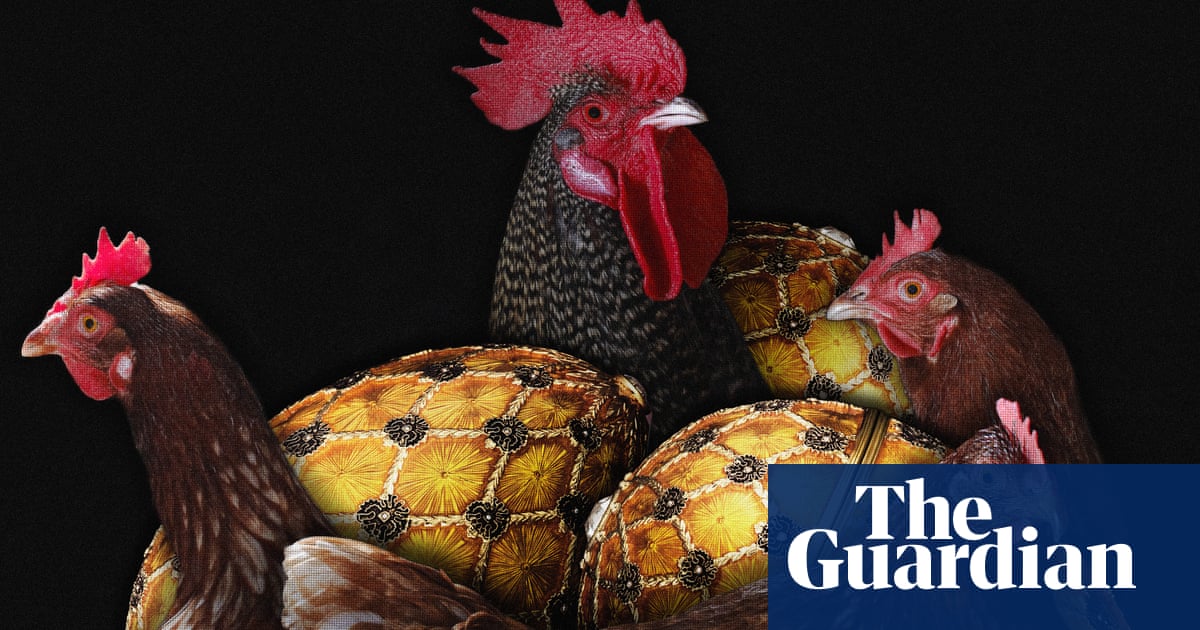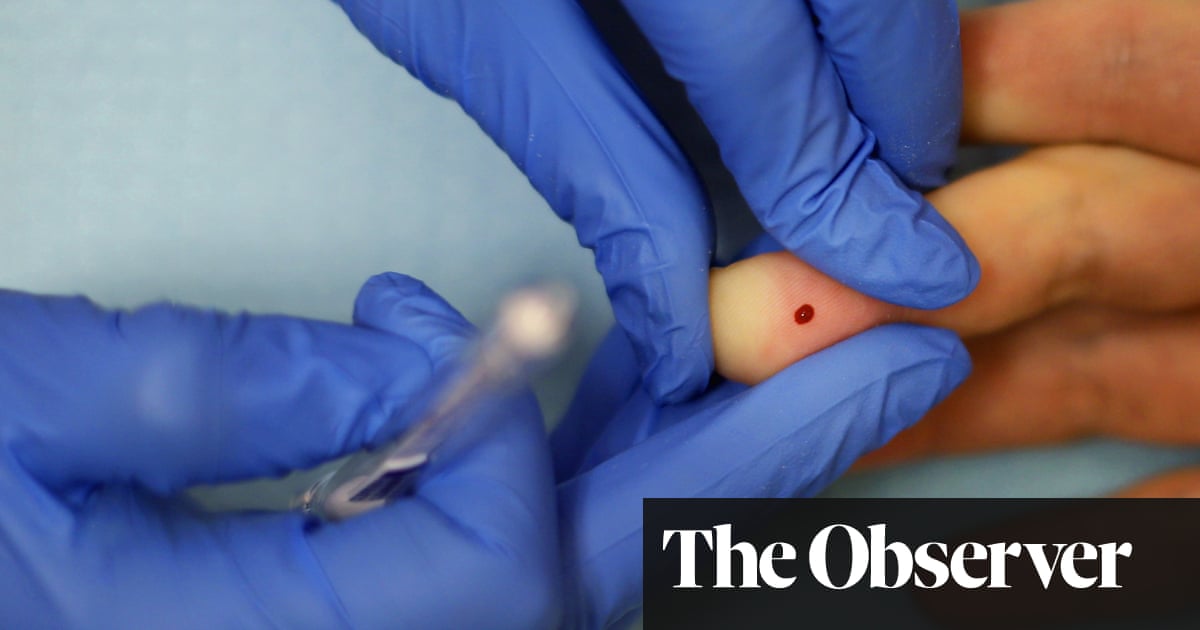It’s “bold, green and attractive”, has boomed in popularity in Australia and on social media, and there are reports of a global shortage. But are we actually running low on matcha – and what are some alternatives to get your green tea hit?
Megumi Kanaike, manager of Sydney tea shop Simply Native, says suppliers of the Japanese ground green tea powder have placed limits on orders. She attributes the reported shortage to an “unexpected worldwide boom” in the popularity of a tea that is only harvested once a year in Japan.
While matcha production has remained consistent, international demand, driven by social media, has prompted concerns about a shortfall.
Kanaike says matcha sales have risen by an “insane” 250% over the past six months at her store.
However, sellers disagree about which products will be affected the most.
There are different grades of matcha, depending on when the leaves are harvested. Ceremonial grade refers to powdered leaves from the first harvest, with culinary and latte grades consisting of leaves harvested later.
“The brands that have been impacted most are the ones that people overseas like, the ones that have gone viral on social media,” she says.
Tea ceremonialist Cara Chen says consumers tend to notice the impacts of the shortage on ceremonial-grade matcha more, as it is produced on a small scale.
Most Australians, she says, are more familiar with matcha lattes, served with milk in cafes and at home, and here the shortage is less severe and alternatives easier to find.
If consumers are looking to make milky matchas, Kanaike suggests using good-quality food-grade matcha instead of ceremonial matcha; the latter is traditionally drunk without milk. Culinary-grade matcha is more readily available, and because it’s designed to be mixed with other ingredients, is more appropriate for milky drinks.
Kanaike and Chen say the shortage will affect all grades of matcha, but Arthur Tong, co-founder of Sydney tea supplier Tea Craft, says the shortage primarily affects organic latte-grade matcha typically used in cafes, which is higher in quality than culinary matcha but not quite ceremonial grade.
“The primary shortage lies in organic latte grades but … over time, as people look for alternatives, the upper and lower and non-organic grades may be affected too,” he said.
To brew traditional matcha, says Tong, sift 1.5g of ceremonial matcha into a bowl, add two tablespoons of 70C water, then whisk with a chasen (traditional bamboo whisk) until the mixture forms a paste. Then add another 80ml of 70C water, whisk vigorously again, and sip slowly.

However, Tong says this exacting process is less important if the matcha is consumed with milk and sweeteners, as is often shown on social media, which has also popularised fruit-flavoured varieties such as strawberry, blueberry and mango.
Three to try: leafy alternatives to matcha
1. Yerba mate
Popular in South America, yerba mate (pronounced mah-tay) is a drink brewed from mate leaves. The mate leaf is not technically a tea, but belongs to the holly family, says Olie Ford, founder of Mateo Soda. “I find coffee to be quite jarring and quite intense … [but mate has] a sort of more slow-releasing, long- lasting form of caffeine,” he says.
Traditionally, yerba mate is brewed in a mate gourd, where a small amount of hot water is poured over the leaves, and the drink is sipped with a straw.
after newsletter promotion
Sometimes, yerba mate is compared to matcha but Ford says the two are “quite different”. Mate has a grassy, herbaceous and slightly earthy taste with refreshing bitterness – the drier the leaf variety, the earthier the taste.
He recommends brewing the mate leaves with 60C to 80C water for about five minutes – the hotter the water, the more intense the flavour.
It can also be enjoyed iced, as it is in Paraguay, or cold brewed overnight with fruit and herbs.
Mate leaves can be bought at Latin American grocers and specialty online stores, while yerba mate sodas can also be found at some supermarkets and bottle shops.
2. Gyokuro
Taka Kaneko, from tea shop EdoMatcha in Sydney, describes gyokuro as a well-kept secret and “the most luxurious green tea in Japan”.
Gyokuro translates to “jewel dew” and represents only 0.7% of Japan’s total tea production, Kaneko says. Like matcha, it is grown in the shade – which gives it a “rich umami” flavour and a mellow sweetness – and it has a slow caffeine release.
To brew gyokuro, Kaneko recommends brewing 5g of gyokuro leaves with 50C to 60C water for two minutes in a teapot. You can find gyokuro tea leaves in specialist tea stores.
3. Hojicha
Hojicha is made from ground, roasted tea leaves and has a similar earthy flavour to matcha, but has less bitterness – and less caffeine.
Kaneko has noticed its growing popularity in Melbourne cafes and bakeries, which use the green tea powder in lattes, cookies and brownies.
The process of brewing hojicha is similar to matcha. Kaneko recommends combining 1g of hojicha powder with 100ml of 80C to 90C water, then whisking with a chasen until frothy.
Hojicha can be found at specialist tea stores and some Asian supermarkets.

 2 months ago
55
2 months ago
55













































